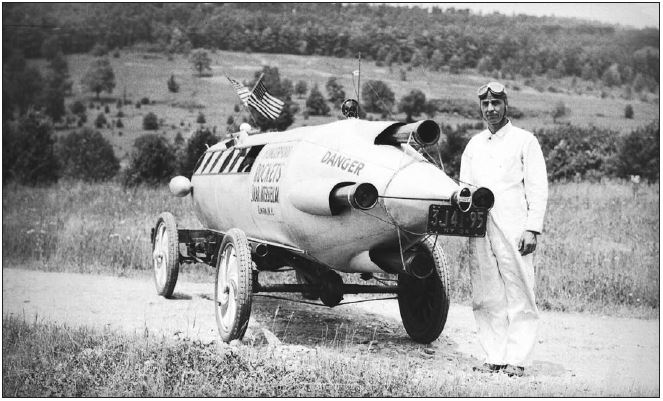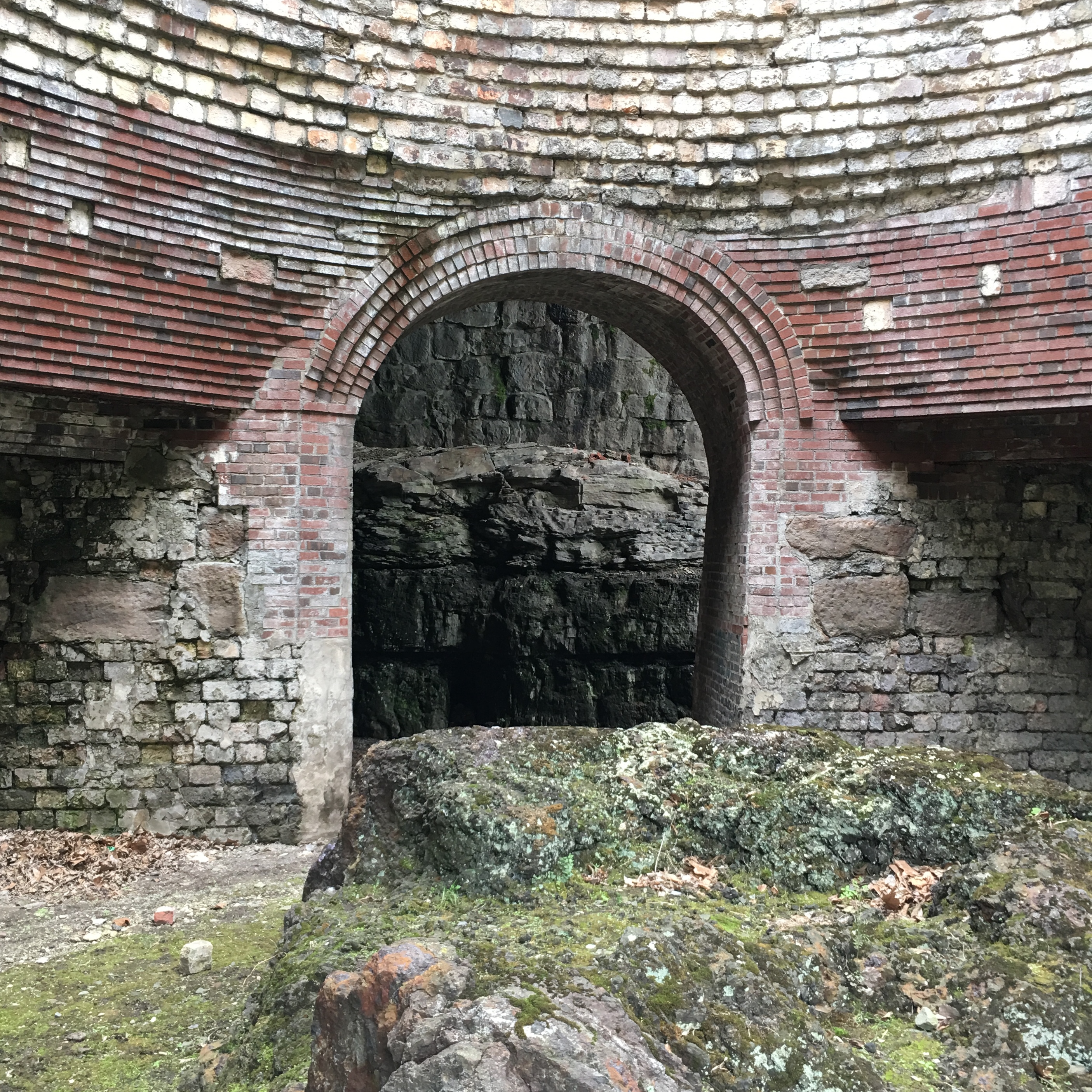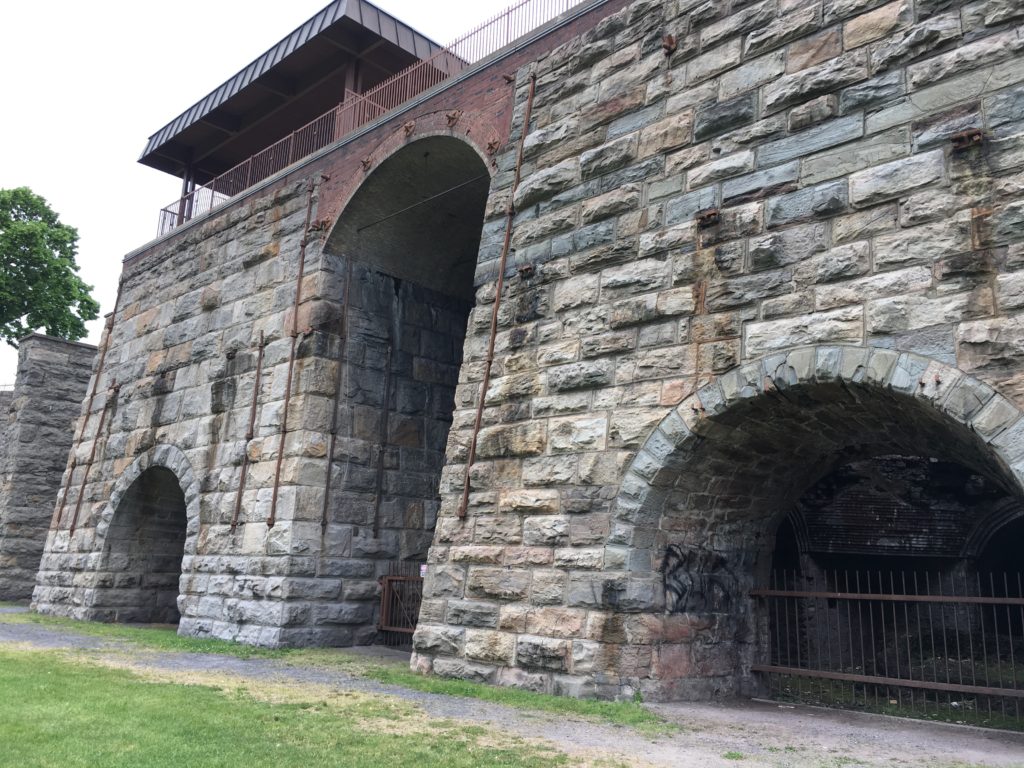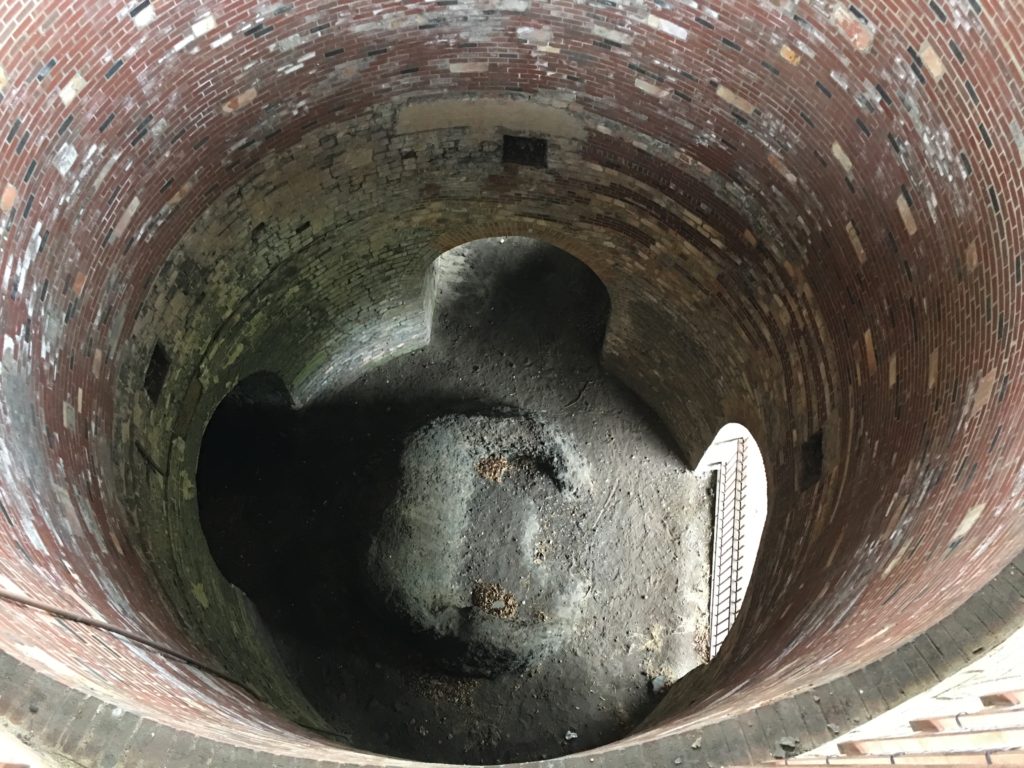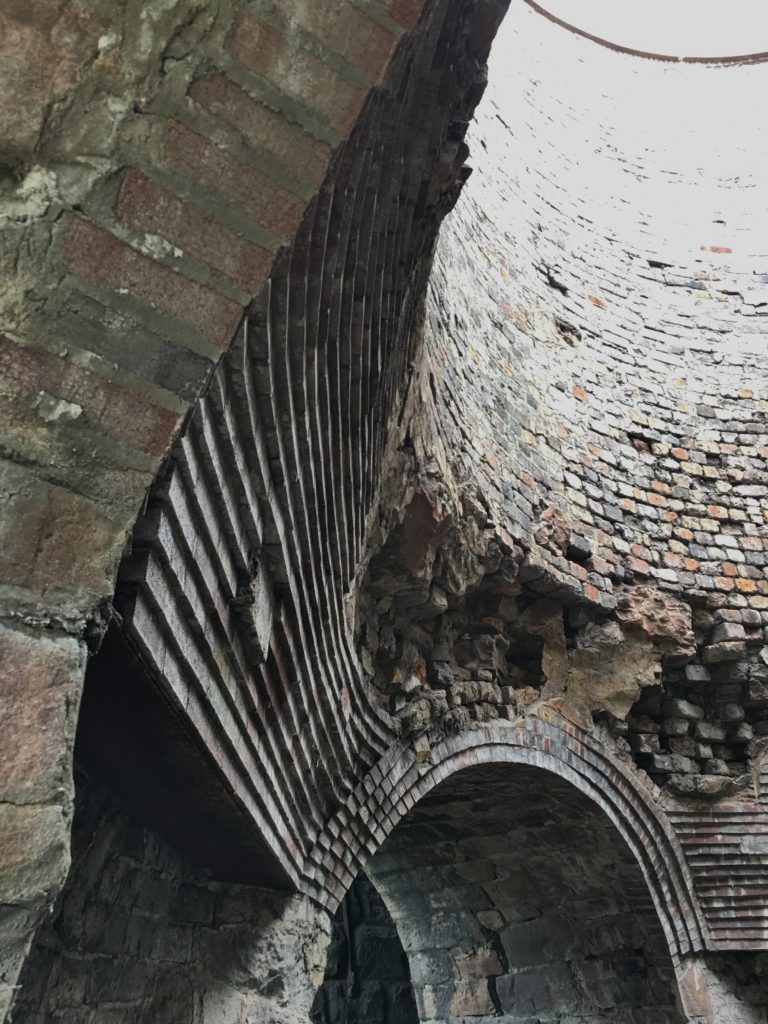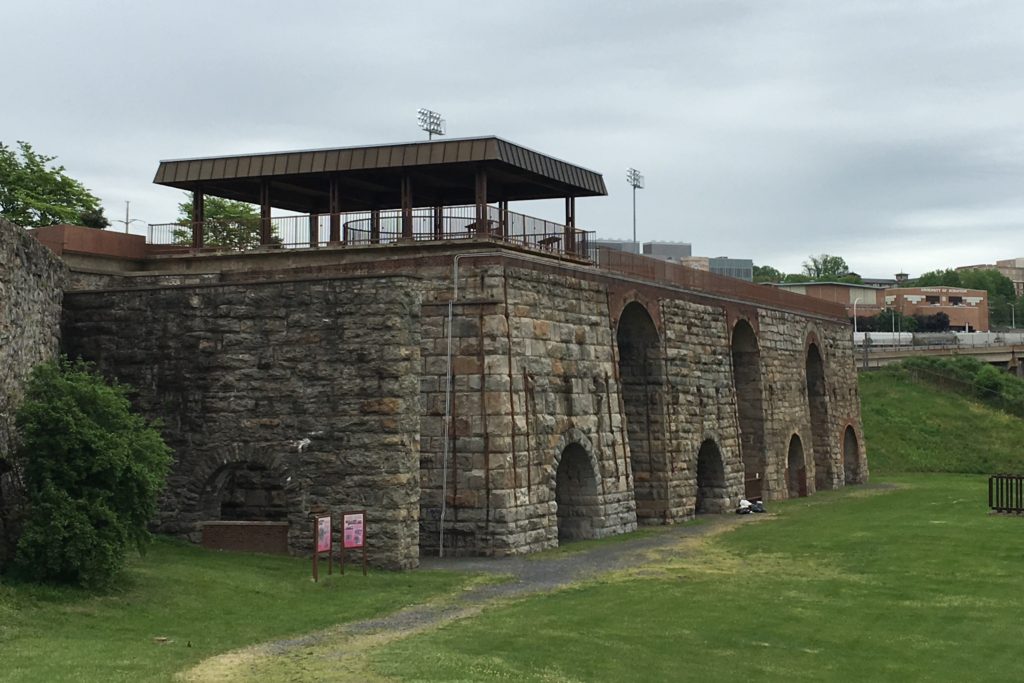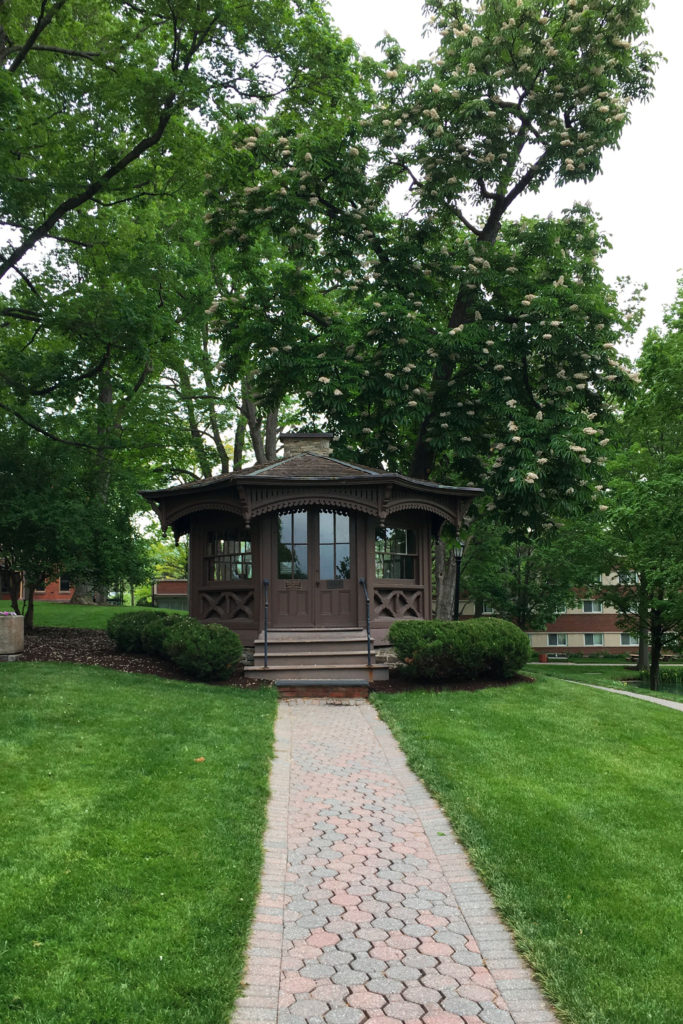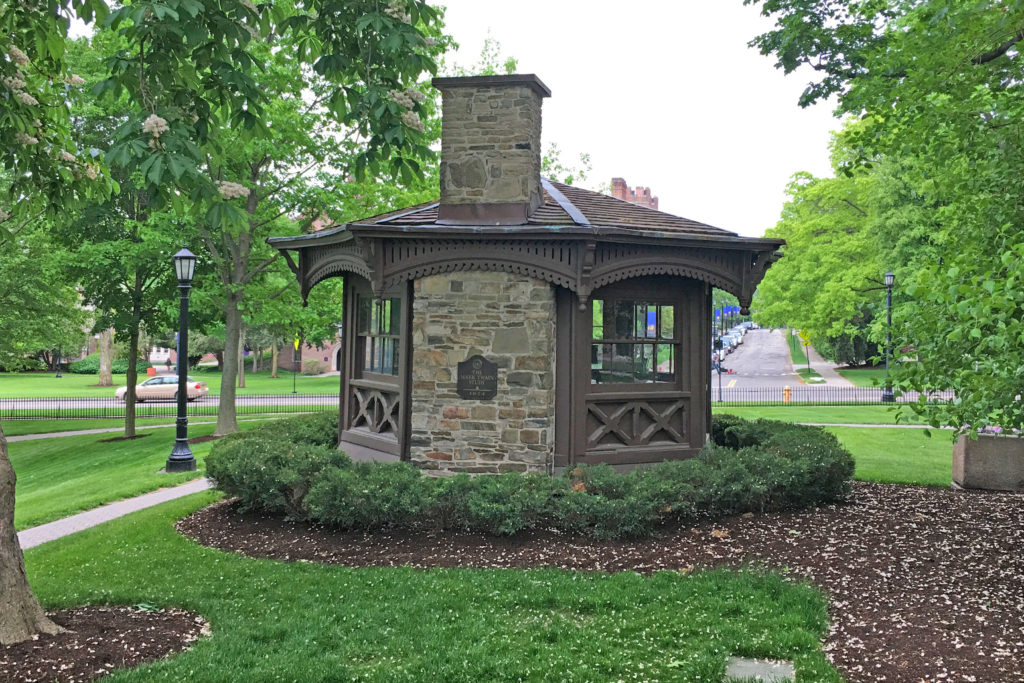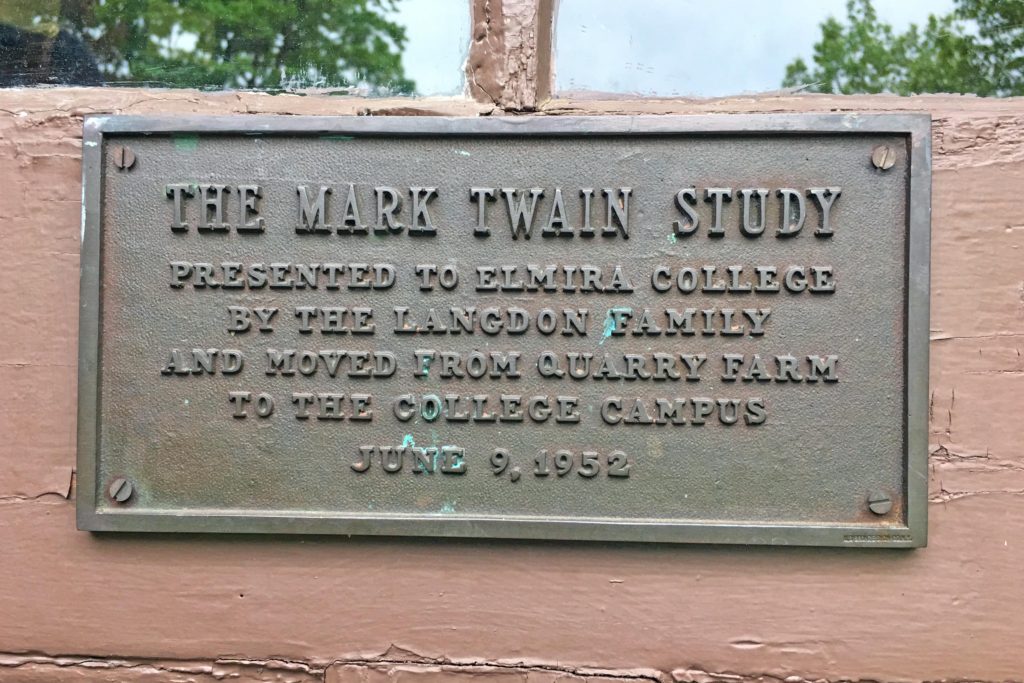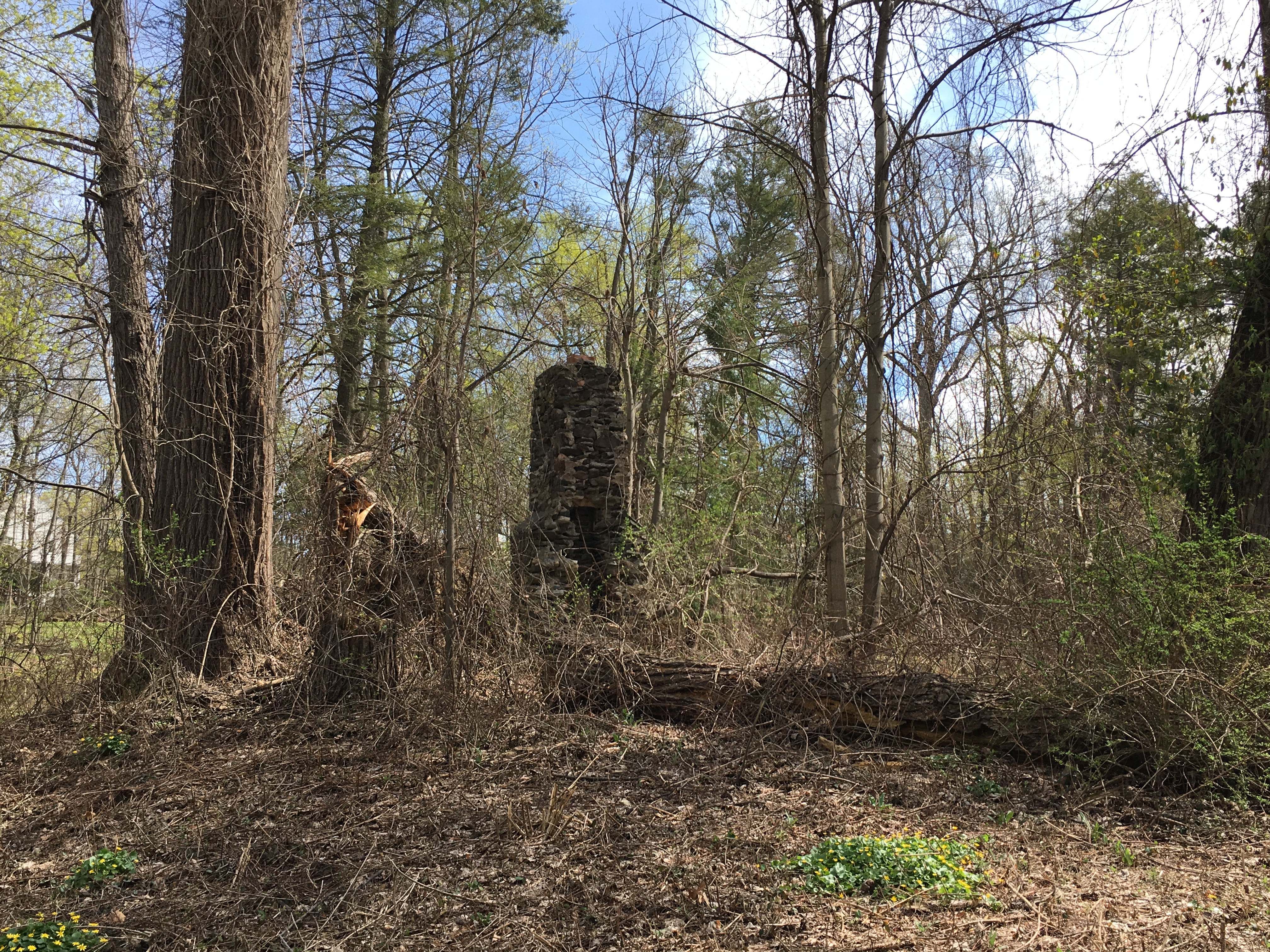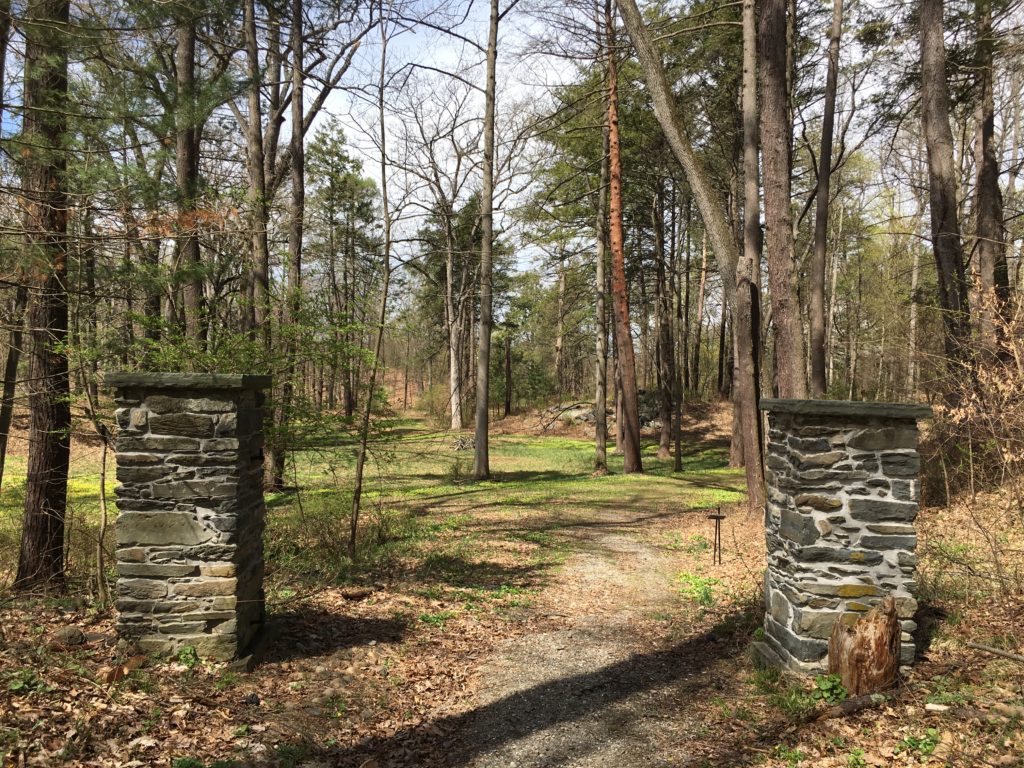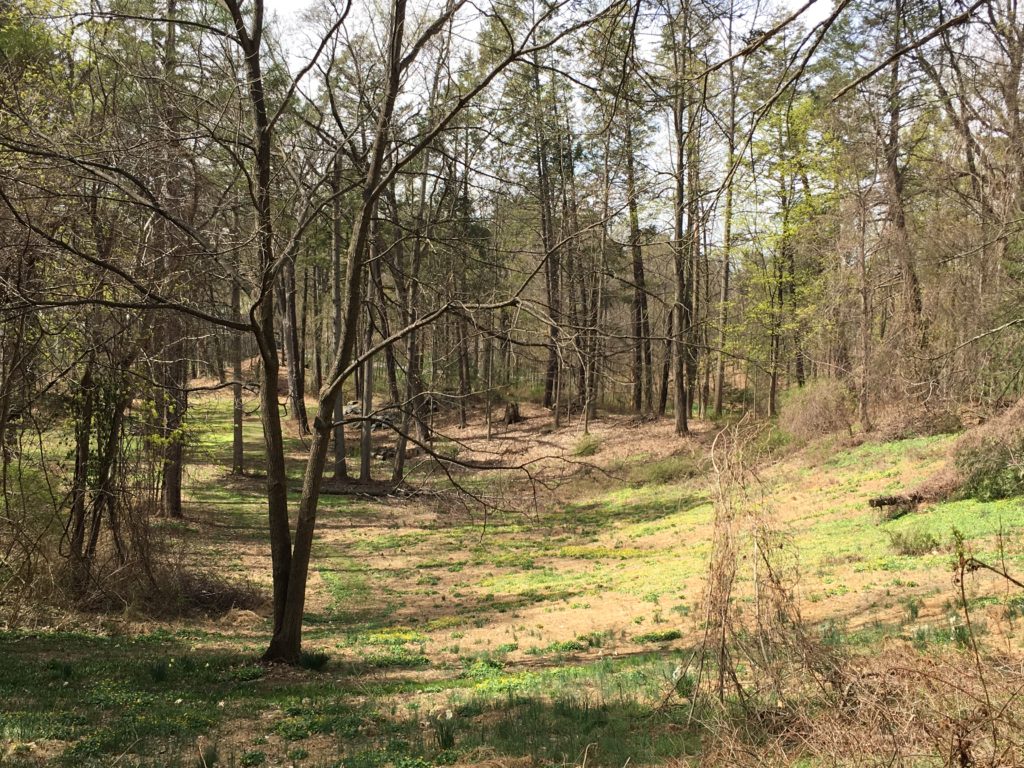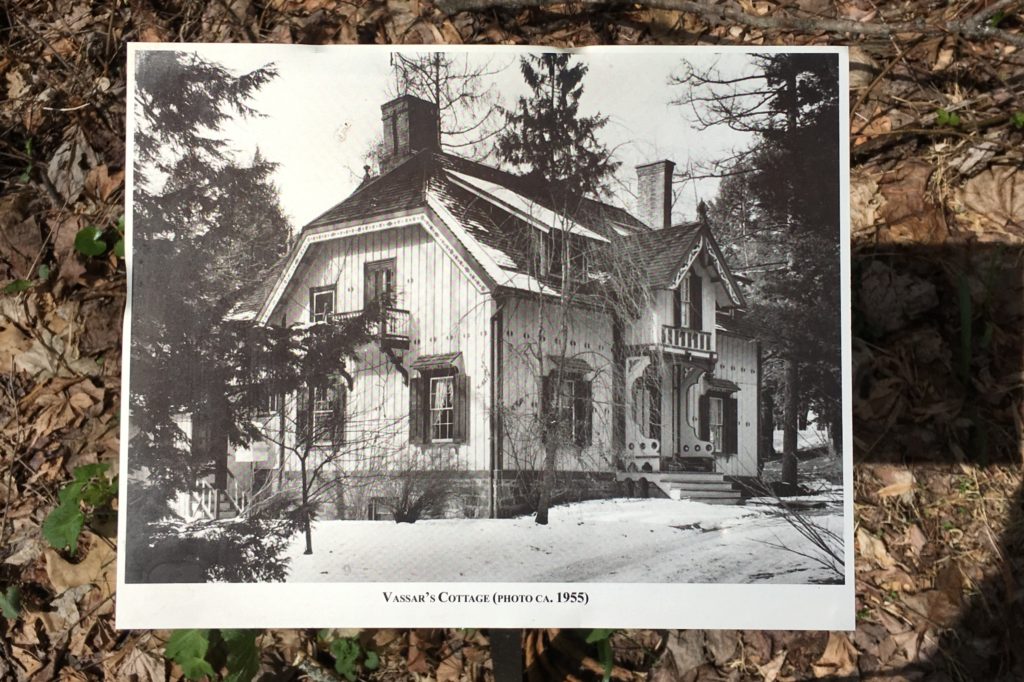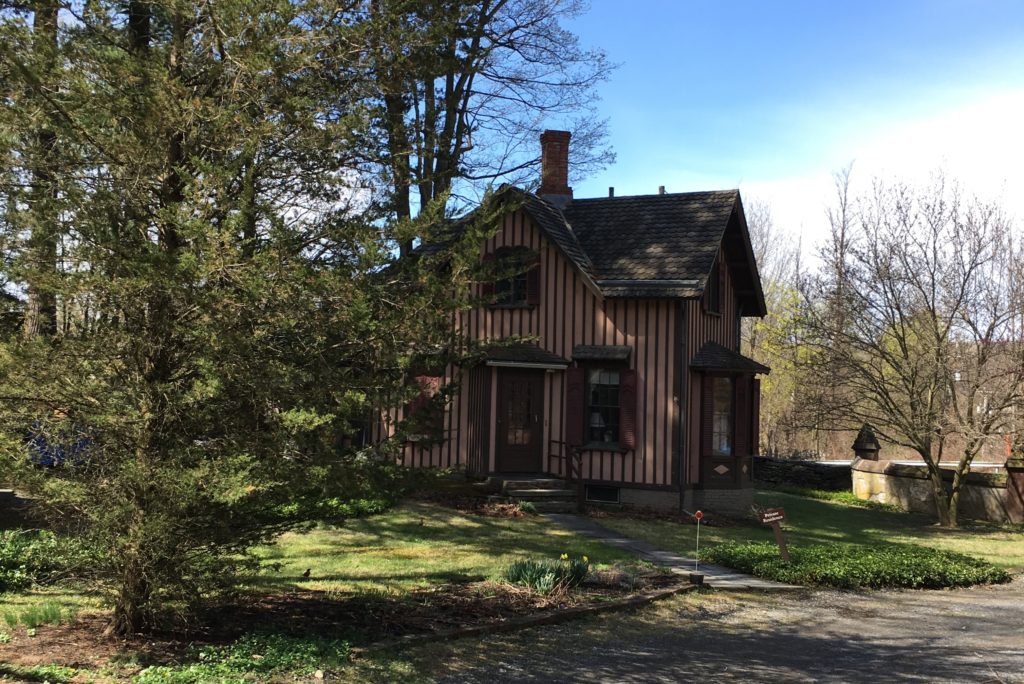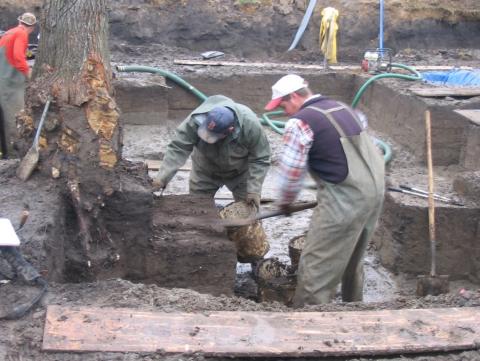The New York State Library’s Instagram feed just reminded of this book from 2013 (freely available from the New York State Museum): Daniel and Floyd Hungerford: Rocket Power, Interstellar Travel, and Eternal Life, by Geoffrey N. Stein.
Yes, it’s a rocket car. Yes, you could legally drive it on New York roads. Yes, the name of the rocket car is Shirley Lois “The Moon Girl.” Yes, Buck Rogers himself told Daniel and Floyd that they “were doing humanity a real service.”
OK, so pictures of the Hungerford Rocket are all over the internet –like on the Hemmings blog, and there’s more on io9-but Geoffrey Stein has produced what will likely be the definitive (and probably the only) history of it and its creators.
The Hungerfords were automobile mechanics and airplane builders and repairers in Elmira, New York, in the early days of aviation. Floyd had “the personality of a dumpling” and Dan claimed to have psychic powers. They built the Moon Girl in 1929, using an eight year old Chevy chassis, wood, cardboard (for easy egress in case of emergency), and an iron rocket.
After building and driving their rocket car, they set their sights higher: “we considered trying to build a rocket ship which might reach the Moon, but we never got any further on this than having a picture painted by a sign painter we knew.” (p. 21)
Download the pdf at the New York State Museum
Edited from and originally posted on Adequacy.
